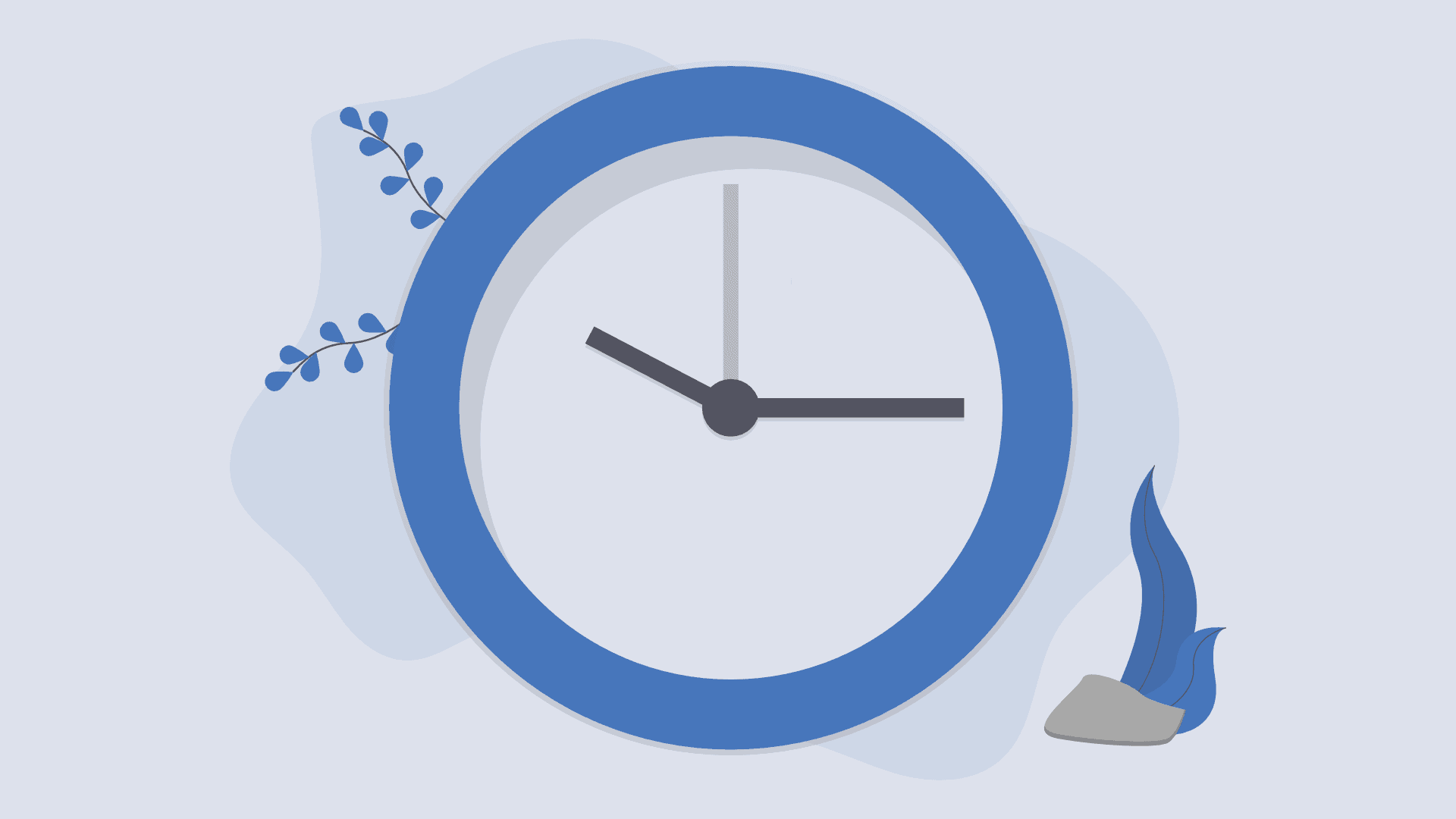Should I drip course content or release it in full? I get asked this question all the time. The underlying question is usually which will get better results, and by results they mean more engaged users, return customers, customers who will buy-into more, etc.
Giving content to a student immediately without imposing restrictions on the timing of its delivery is the traditional method and should be used in most scenarios. Reasons to drip may include releasing content for a live cohort, updating new information on a regular cadence, and trigger content based on an action. Artificial time limitations on content should typically be avoided.
Let's look at the types of content dripping and when it's a good or bad idea to implement these methods.

Drip Methods: Evergreen vs. Scheduled
Scheduled-Release Course Content
Scheduled content releases on the same day and time for every user. Whether someone enrolls in a course on the 1st of the month or the 10th, if a lesson releases on the 11th then both students will receive access at the same time. Scheduled content is also live and stays live once it is released.
Evergreen Drip Course Content
Course content dripped in an evergreen style is meant to be delivered to the student on a timeline unique to every student. For example, if a student enrolls in a course they get access to the first module of the course and each subsequent month they get access to the next module. A student who enrolls a month later will only have access to the first lesson because their timeline is unique.

When Does Dripping Course Content Make Sense?
Scheduled Content for Live Cohorts
When running a live cohort with a group of students, it makes perfect sense not to release the content until a set time. This allows you to work through the material together like you would with a group in an in-person setting. Many live cohorts are held over Zoom or other interactive medium, and the course itself is supplemental material.
Regularly Scheduled Updates
Courses containing content that is actively in development or a work in progress are, by nature, dripped out over time. I think of this like an episode of a show that releases new episodes every week. In this method, however, the episodes are released and stay released for everyone as they're are finished. Someone purchasing in the beginning has access to less content in the beginning than someone who purchases later -- just like a show with episodes all released.
Triggers and Accomplishment
A newer method of dripping content is using triggers and achievement or accomplishment to unlock new lessons. One example might be to take a quiz or a test and unlock lessons based on performance. This way, students aren't able to skip content unless they qualify to progress. The content is available, simply gated by a trigger.
Live Launching a Program
A popular model for digital entrepreneurs is the "live launch" method. Big ticket courses and mega launches promoted to large audiences can launch in pieces. I think of these like "semesters" and all new members of the launch who purchase during a window (often only a few times per year or less) will progress through the content together.

When is it a Bad Idea to Drip Course Content?
Limiting Students Based on Payment Schedules
Some creators release their courses with payment plans in order to try and increase sales because they're worried people won't pay the higher price all up front. This worry translates further and they begin to question if people will pay the first payment, consume all of the content, then simply fail to pay the remaining balance/payments. I've worked with many clients who have this fear, which leads them to implement complex tech solutions to try and drip content based on the number of payments received. For example, four payments means you get access to 1/4th of the content at a time.
Not only is this extremely difficult to implement cleanly, particularly with most course platforms, it's also going to hinder your student's progression and force them into a cadence that matches a payment plan and not their ability to succeed.
Trying to Reduce Content Theft
Limiting how much content someone can get all at once when signing up for a course in order to prevent them from enrolling and taking the content then cancelling is an awful reason to drip content. If someone wants to steal content, there it's going to happen.
The problem with this reason for dripping is that it treats ALL students like thieves, when a small fraction or none of them at all have any intent on being a thief.
Forcing Long-Term Engagement
When students enroll in a course there's typically a lot of engagement in the first few weeks. The course is fresh, hopes are high, excitement has piqued. There is a natural decline in engagement as time goes on. Some course creators want to keep people engaged as long as possible with the hope that by somehow making them have to keep coming back then they will value the offer / brand / creator more. It has the opposite effect.

Should I Drip My Course Content or Not?
If you are doing a scheduled drip, then yes it makes perfect sense. Live cohorts, scheduled content releases, and live launches are valid, and the content is the same for everyone at the same time.
If you are going for an evergreen drip, my recommendation is to reconsider and ask yourself, "Why am I dripping this content?"
What's your answer?
From my experience, it's usually out of fear/worry or an effort to protect something. If this is the case, you're doing a disservice to the student and yourself.
To counter this worry or instinct to protect your content, you have options:
Change How You Charge for the Course
Take payment in full and avoid payment plans. If your course has evolved into a membership and you're worried about them cancelling and you only getting one payment then consider charging more or charge annually. That way you at least secure the value for a longer period of time for each member.
Provide Additional, On-going Value
This is particularly relevant for the membership course model, but also if you regularly release courses and want people to keep coming back to buy more. If you regularly update your courses with new information, or release new courses, then the value of your membership continues to increase.
This is how I operate my own membership. When members first joined, my price was extremely low. As I add new courses and more members join, I increase the price regularly. This rewards those who supported me early on, and represents the value new members will receive when they sign up. Members will stay year and after year because I continue to improve upon the value offered. It's priced so that even if someone joins for one year, both sides get the requisite value.

Value First
To conclude my thoughts on dripping content vs. the full-release model, just put value first. Whatever you choose, provide your customers / students / members with value first and approach your decision with their best interest in mind. Seek to serve them with the best course content you can for your topic. This value has a very apparent feel -- it's tangible, even digitally, and will translate into long-term success.